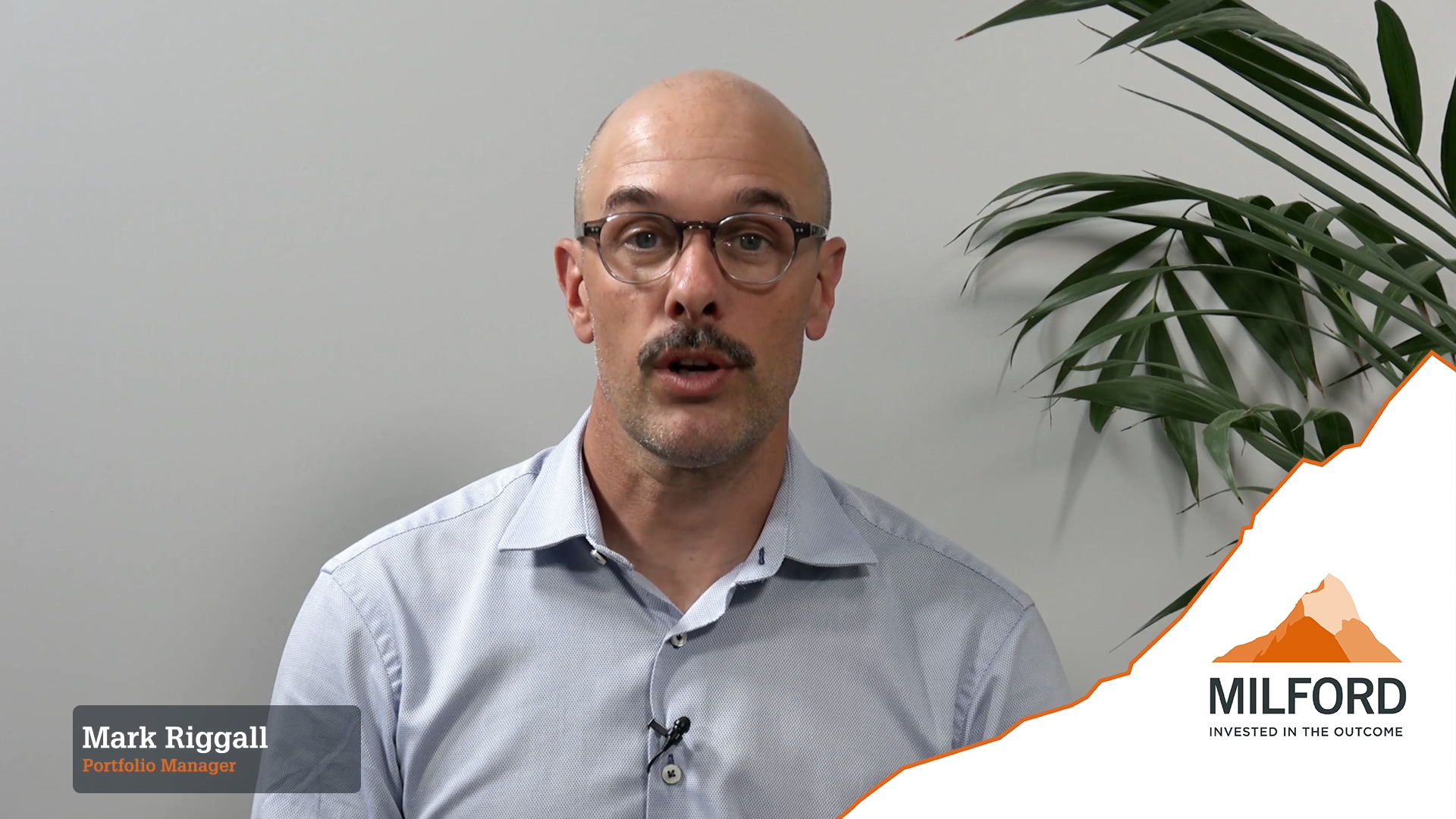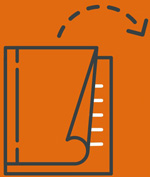The RBA has so far raised their official interest rates by 1.75% since May from emergency level settings of just 0.10%. While everyone, including the RBA, agrees that rates have further to rise, it seems everyone disagrees on how much further rates will rise, and at what speed. This largely rests on what impact rising rates will have on inflation and household finances.
In recent weeks, the RBA has publicly stated it believes that households will mostly be able to withstand the impact of 3% of tightening. Their main focus was on the third of households who have a mortgage as the rest either rent or own their homes outright.
The RBA argues that whilst household debt is high, so are house prices and even if prices fall 20%, only 2.5% of loan balances would end up with negative value. That would be similar to the level prior to the pandemic. Almost three-quarters of the debt is held by households who are in the top 40% of incomes so those households should be able to cope better than others on lower incomes.
In addition, households have saved $260b since the start of Covid-19 providing a buffer for their mortgage repayments. Around half of those with a variable rate mortgage could service their current repayments for two years. Obviously, higher rates lead to higher required repayments but this high level of accumulated savings could help suggest why consumers in aggregate have so far proved resilient to higher rates and higher cost of living pressures.

All of this is looking at a high level and could ignore individual circumstances. The RBA have touched on this stating that just under 30% of borrowers would face repayment increases of more than 40% should the RBA raise rates by 3%. The 3% is what markets are currently forecasting where the RBA will end up, but this keeps changing week by week.
There are some who argue that interest rates may need to rise past 3% especially if the strength of households proves the RBA right. This would mean the RBA needs to do more to supress inflation back to within their target of 2 to 3% which would eventually crunch many households especially if fuel and electricity prices don’t fall from current levels. Remember that Australians tend to ensure they do all they can to avoid defaulting on their mortgage and so would cut spending elsewhere. The RBA wants to soften the labour market to take the pressure off wage growth, but problems could amplify if unemployment picks up materially from over tightening.
The RBA is comfortable that homeowners can handle the rate rises so far but each further increase will cause more stress for indebted households. So, expect house prices to continue to fall and the more the RBA raises rates, the lower house prices will likely go.


